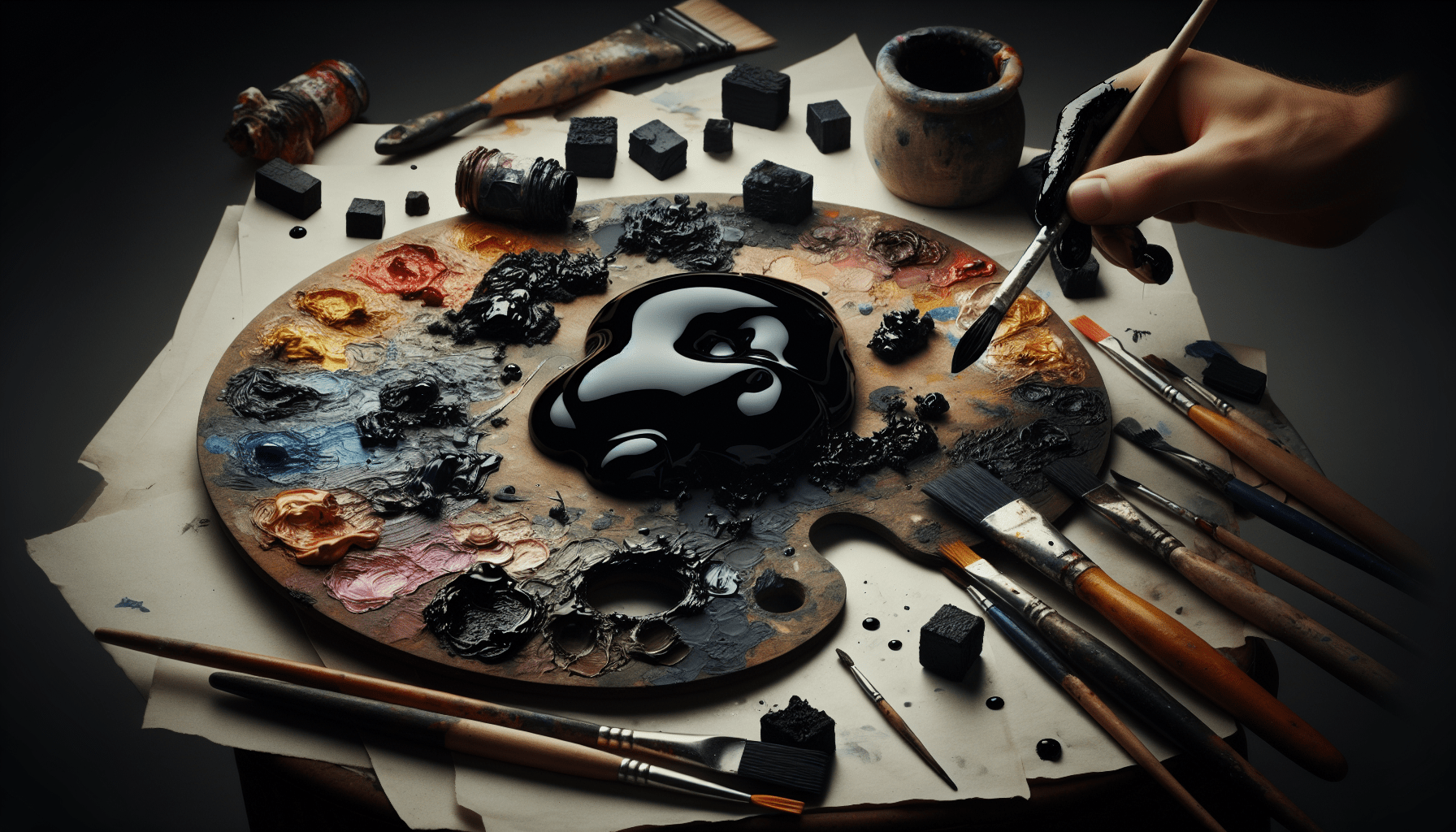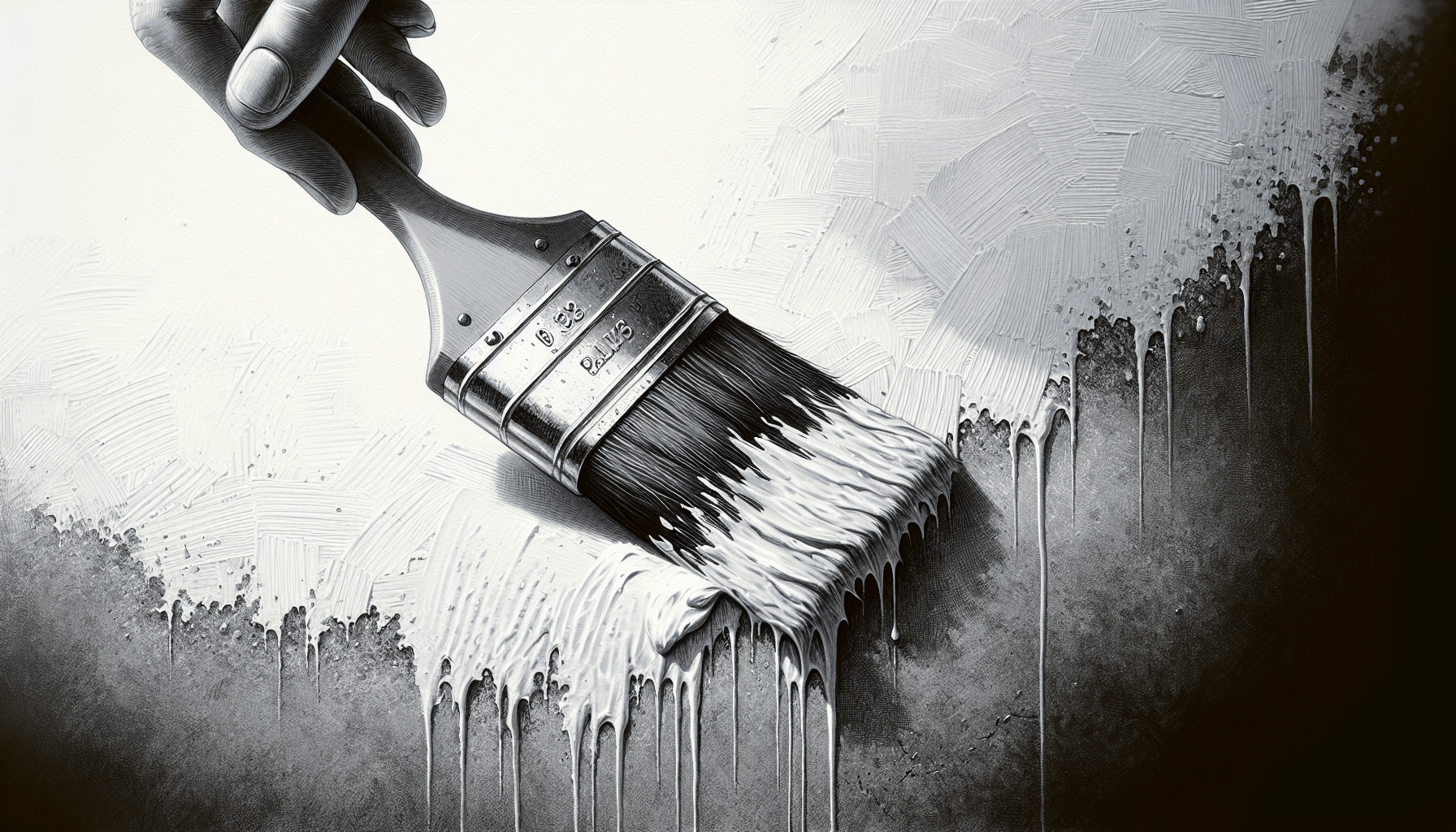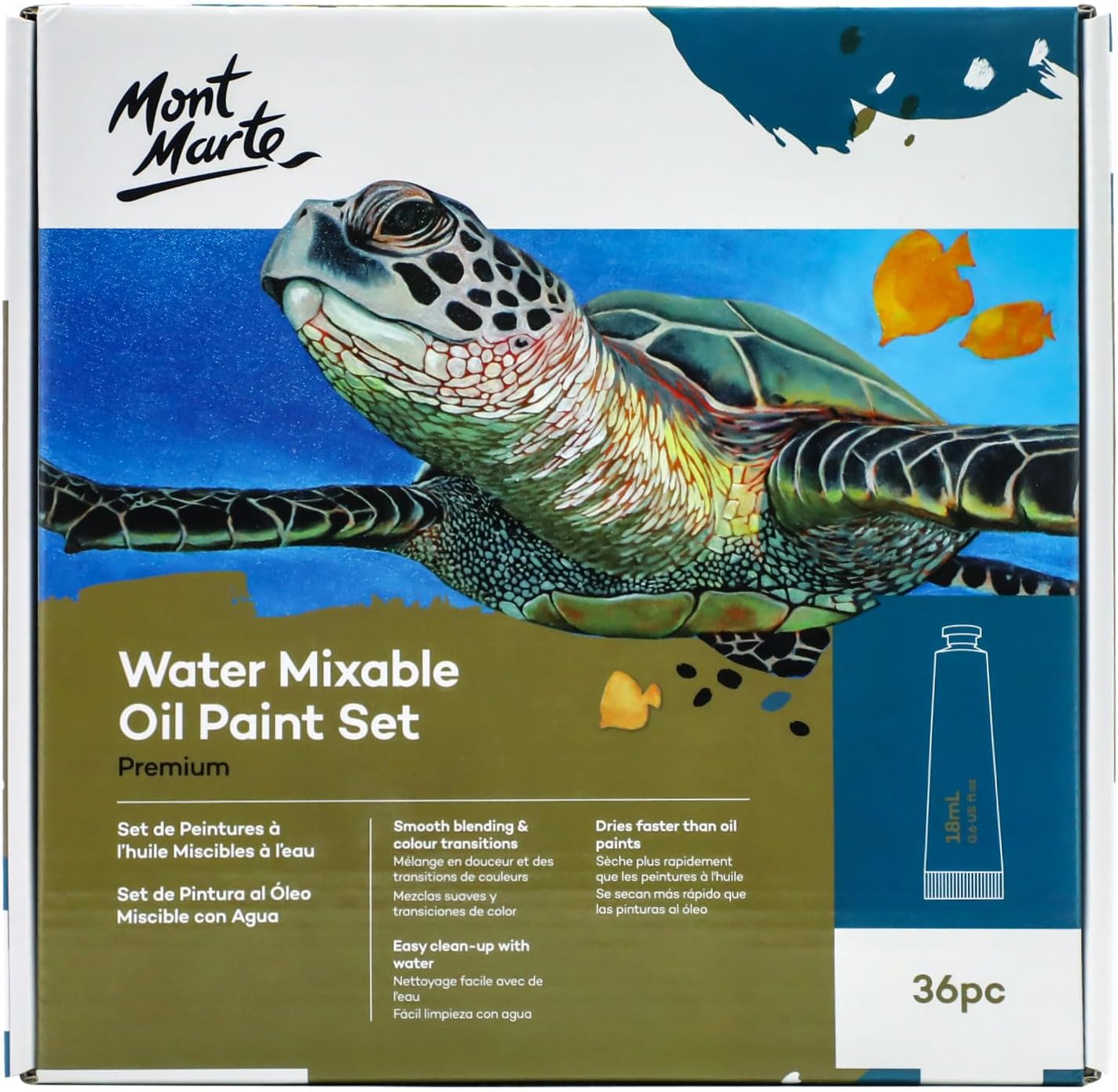In the article “How To Make Black Oil Paint,” you will be guided through the intricate process of creating your own black oil paint from scratch. This comprehensive tutorial covers essential steps and techniques, from selecting the right raw materials to mixing and grinding the pigments to achieve a rich, deep black hue. By following this detailed procedure, you will gain valuable insight into traditional paint-making methods that can enhance your artistry and provide you with greater control over your creative projects. Have you ever wondered how to make black oil paint at home? Whether you are a professional artist seeking more control over your materials or a hobbyist excited to explore new techniques, creating your own black oil paint can be both rewarding and cost-effective. In this article, we will guide you through the entire process, from understanding the basic components of oil paint to the actual method of creating a rich and consistent black pigment.
Understanding the Basics of Oil Paint
Before delving into the specifics of making black oil paint, it’s important to understand what oil paint is and what it consists of. Oil paint is made from pigments suspended in a drying oil, commonly linseed oil. The pigments provide the color, while the drying oil binds the pigment and allows it to adhere to a surface.
Essential Components
- Pigments: These are finely ground particles that give the paint its color. In the case of black oil paint, common pigments include carbon black, bone black, and mars black.
- Binders: The binder locks the pigment particles together and adheres them to the painted surface. Linseed oil is the most commonly used binder in oil paint.
- Solvents: Solvents such as turpentine or mineral spirits are used to thin the paint and clean brushes and other tools.
- Additives: These are optional components that can modify the paint’s properties, like drying time and texture.
The History of Black Pigments
Black has been a significant color in art throughout history. Artists in ancient Egypt, Greece, and Rome used charcoal and burned bones to create black pigments. During the Renaissance, the use of oil paint became prevalent, and artists perfected the creation of deep, rich blacks with materials like lamp black, created from soot collected from oil lamps.
Common Black Pigments
Here’s a table summarizing the most common black pigments:
| Pigment Name | Composition | Characteristics |
|---|---|---|
| Carbon Black | Pure carbon | Deep black with high tinting strength and gloss |
| Bone Black | Burned animal bones | Warm, soft and semi-transparent |
| Mars Black | Synthetic iron oxide | Opaque, fast-drying, and very stable |
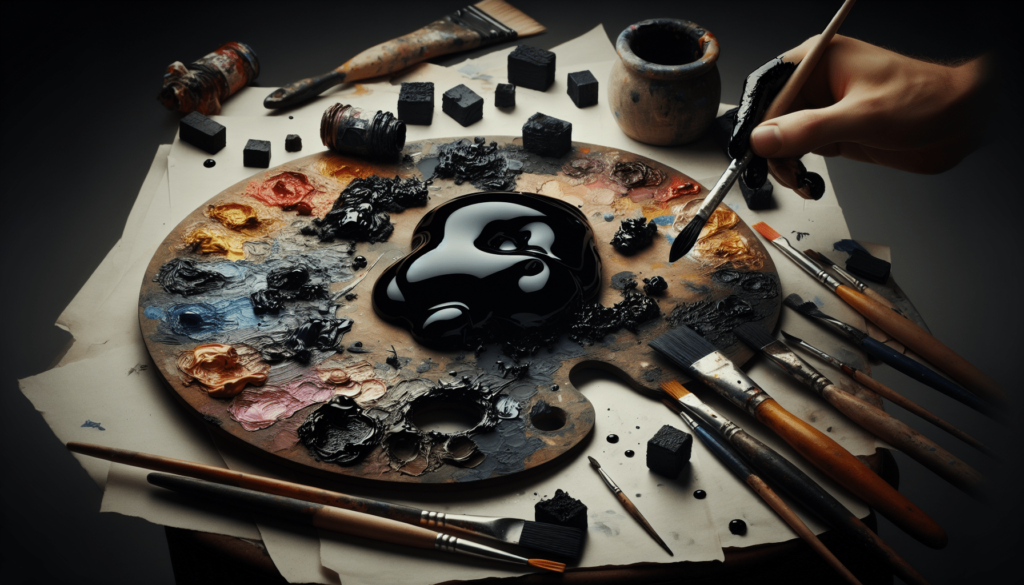
How To Make Black Oil Paint
Creating black oil paint at home requires a few essential materials and some straightforward processes. Follow these steps to achieve a high-quality black oil paint.
Materials Needed
- Pigment: Choose from carbon black, bone black, or mars black based on your preference.
- Drying Oil: Linseed oil is most commonly used, but walnut oil or poppy oil can also be used.
- Grinder or Mortar and Pestle: For grinding the pigments finely.
- Glass Slab: For mixing the paint.
- Palette Knife: To mix and blend the paste.
- Solvent: Such as turpentine or mineral spirits for cleaning.
- Jars or Tubes: For storing the finished paint.
Step-by-Step Process
Step 1: Preparing the Pigment
Grinding the Pigment: Start by grinding the pigment using a mortar and pestle or a hand grinder until it reaches a fine, consistent powder. Even if you purchase pre-ground pigment, giving it another pass through the grinder ensures its smoothness.
Step 2: Measuring Ingredients
Here’s a simple measurement guide:
| Ingredient | Amount |
|---|---|
| Pigment | 1 part by volume |
| Linseed Oil | 1 – 1.5 parts by volume |
Mixing in the right proportions is crucial for achieving the right consistency and volume of black oil paint.
Step 3: Mixing the Paint
- Create a Paste: Place the ground pigment on a glass slab.
- Add Oil: Gradually add the linseed oil to the pigment.
- Blend: Use a palette knife to blend the pigment and oil thoroughly. You should aim for a smooth, paste-like consistency.
Step 4: Grinding for Consistency
Mulling the Paint: Use a glass muller on the glass slab to grind the paste further. This step ensures even distribution of pigment in the oil, enhancing the smoothness and consistency of the paint.
Step 5: Adjusting the Consistency
Adjust with Oil: If the paint is too thick, add a few drops of linseed oil gradually. If it’s too thin, add a little more pigment. Adjust until you achieve a buttery consistency.
Step 6: Storing the Paint
Once the desired consistency is achieved, transfer the paint into jars or tubes for storage. Make sure the containers are airtight to prevent the paint from drying out.
Tips for Mixing Your Own Black Oil Paint
Choose High-Quality Materials
Investing in high-quality pigments and drying oils will result in better paint. Superior materials can significantly affect the longevity and luster of the final product.
Experiment with Additives
If you want to modify the drying time, texture, or finish of your paint, you can experiment with additives such as drying agents and thickeners. Be cautious and test in small batches to avoid ruining your entire mixture.
Safety First
When working with pigments and solvents, always ensure you are in a well-ventilated area. Wear gloves and a mask if possible to avoid inhaling fine pigments or coming into direct contact with solvents.
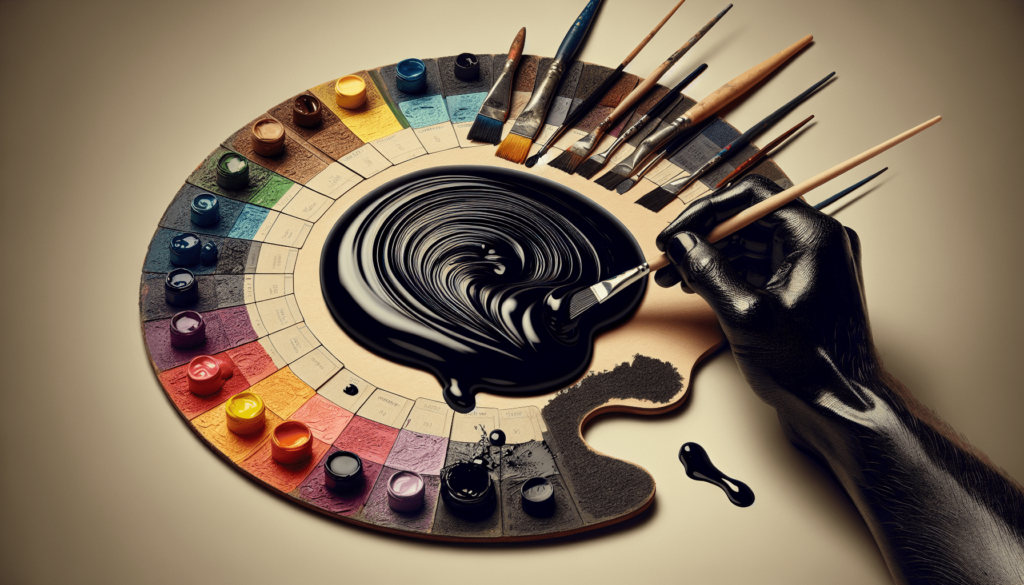
Why Make Your Own Paint?
Cost-Effectiveness
While the initial investment in materials may be higher, creating your own paint can be significantly more cost-effective in the long run. Bulk buying materials and making larger batches can save money.
Customization
By making your own paint, you can experiment with different consistencies, textures, and finishes tailor-made to your artistic needs. Customization allows for greater creative freedom.
Quality Control
Creating paint gives you direct oversight of the quality of your materials, ensuring you’re only using the best. There’s also less reliance on commercially available products, which might use fillers or inferior pigments.
Troubleshooting Common Issues
Even with the best efforts, issues can sometimes arise when making paint. Here are some common problems and their solutions:
Paint is Too Thick
If your paint is too thick, add a few drops of linseed oil and mix thoroughly. Gradually adjust until the desired consistency is reached.
Paint is Too Thin
If the mixture is too thin, you can add more ground pigment. Mix thoroughly and mull again using the glass muller to incorporate the extra pigment evenly.
Paint is Gritty
If you feel grit in your paint, it means the pigment wasn’t ground finely enough or wasn’t dispersed evenly. Pass the paint through the grinder and muller again for better smoothness.
Using Store-Bought Pigments Vs. Natural Pigments
While the guide above focuses on store-bought pigments, some artists prefer to use natural pigments made from organic materials. This section compares the two types and the benefits and drawbacks of each.
Store-Bought Pigments
| Pros | Cons |
|---|---|
| Consistent quality | May contain fillers |
| Easier to work with | Higher cost than natural |
| Readily available | Limited customization |
Natural Pigments
| Pros | Cons |
|---|---|
| Customization and uniqueness | Harder to achieve consistency |
| Often more economical | Time-consuming preparation |
| Potentially more eco-friendly | Availability can be an issue |
Conclusion
Making black oil paint at home is an enriching experience that provides greater control over your materials, cost benefits, and creative freedom. By understanding the fundamentals of oil paint, the properties of various black pigments, and the step-by-step process of creating your own, you can achieve high-quality black oil paint ready for your next masterpiece. Always prioritize safety and invest in high-quality materials for the best results. Happy painting!
